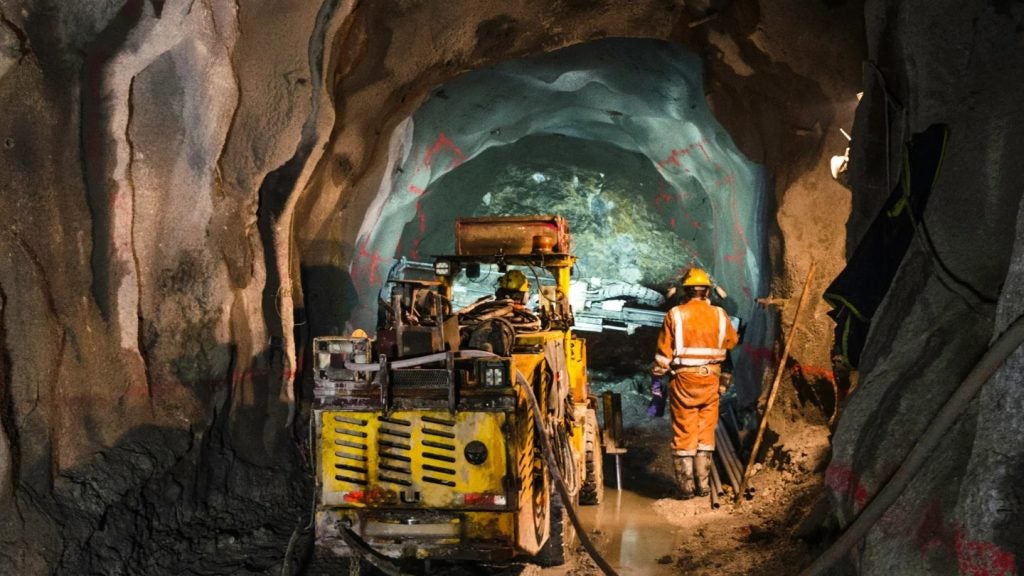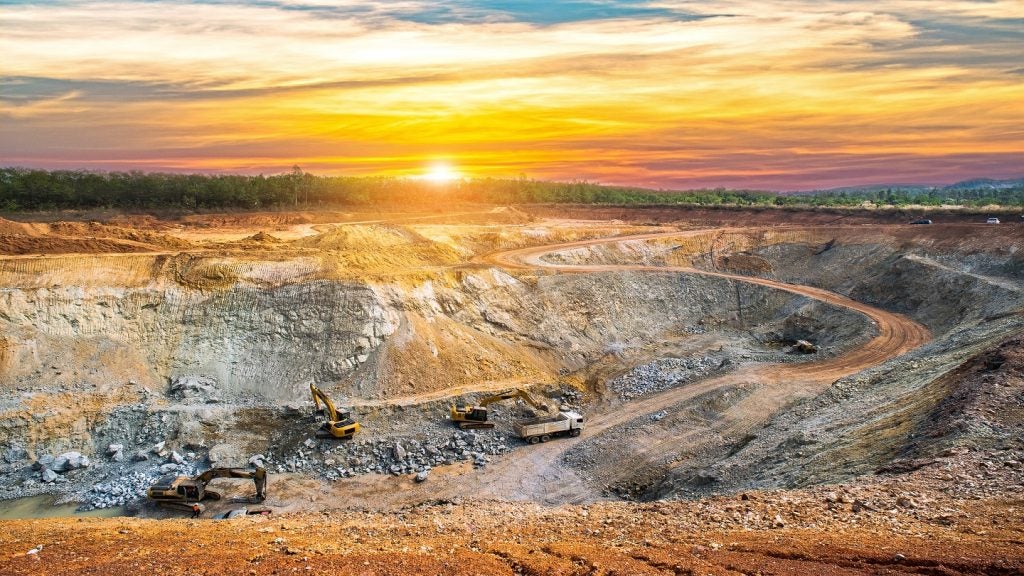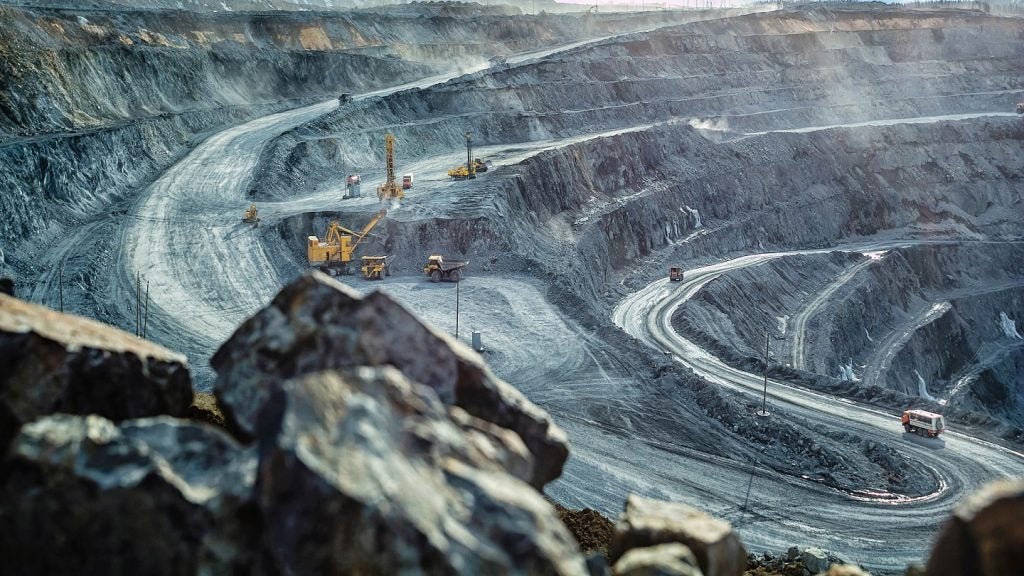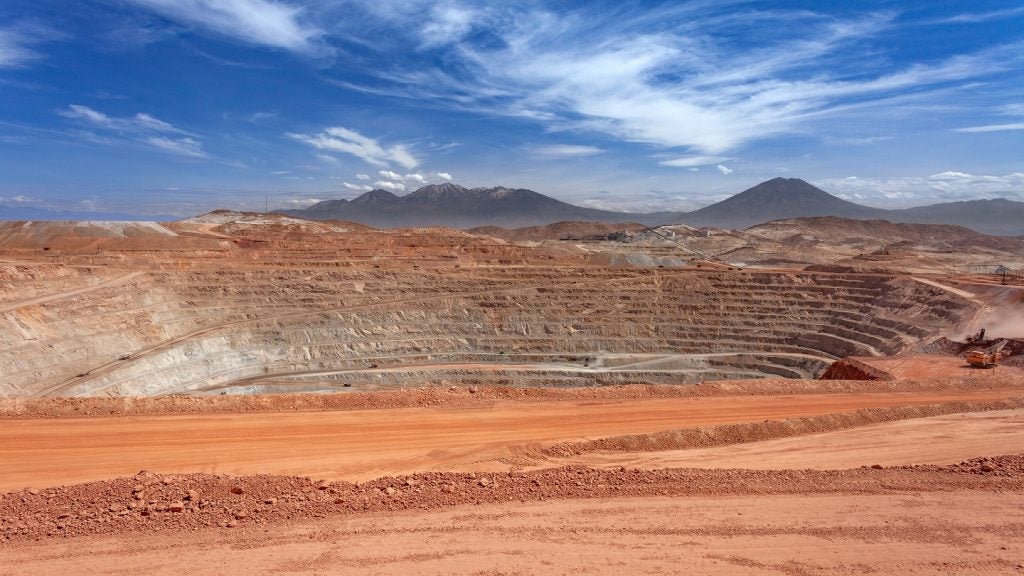Home to half of the world’s lithium, Latin America is repeatedly touted as holding the keys to the green energy transition – a claim supported by skyrocketing investment in the region’s mining industry.
This growth is marred by the incessant issue of miner deaths in the region, from the copper mines of Chile to the iron pits of Brazil.
Mining is an inherently precarious industry, but Latin America has among the highest worker accident rates in the world.
With rising investment interest comes rising scrutiny over corporate responsibility for miner welfare.
Often overlooked within this growth is the rise of Internet of Things (IoT) technologies in mining – and, more significantly, their potential to safeguard worker welfare.
The total IoT market in mining is forecasted to be worth $7.8bn by 2027, according to GlobalData, following a CAGR of 16.1% from $3.7bn in 2022.
As global attention intensifies on Latin America’s rich abundance of critical minerals, the question remains: can IoT technologies solve the region’s miner safety woes?
Is IoT technology improving miner safety?
While adoption of IoT is increasing, its application by mining firms for worker safety remains mixed, says David Kurtz, Research and Analysis Director at GlobalData Mining.
“A GlobalData survey showed that 21% of mines have not invested at all in collision avoidance, while 22% have not invested in fatigue detection”, Kurtz tells Mining Technology. “This contrasts with 30% that have fully implemented collision avoidance – and 21% that have implemented fatigue detection.”
In Latin America, numerous mining companies and technology startups have branched into IoT for worker safety, but the frequency of fatal accidents has prompted government bodies to launch multiple investigations.
José Reyes, founder and CEO of Santiago-based IoT startup Vigalab, believes attitudes towards worker safety are improving.
“Big mining companies, in Chile at least, have a strong focus on safety,” says Reyes. “For example, Codelco had some miner casualties last year, and after that I had contact from them about IoT solutions to monitor the location or health status of their workers.”
Codelco faced overwhelming pressure to improve safety policies after three workers were killed at its mines in the space of a month in 2022, two at Chuquicamata – the world’s largest open pit copper mine.
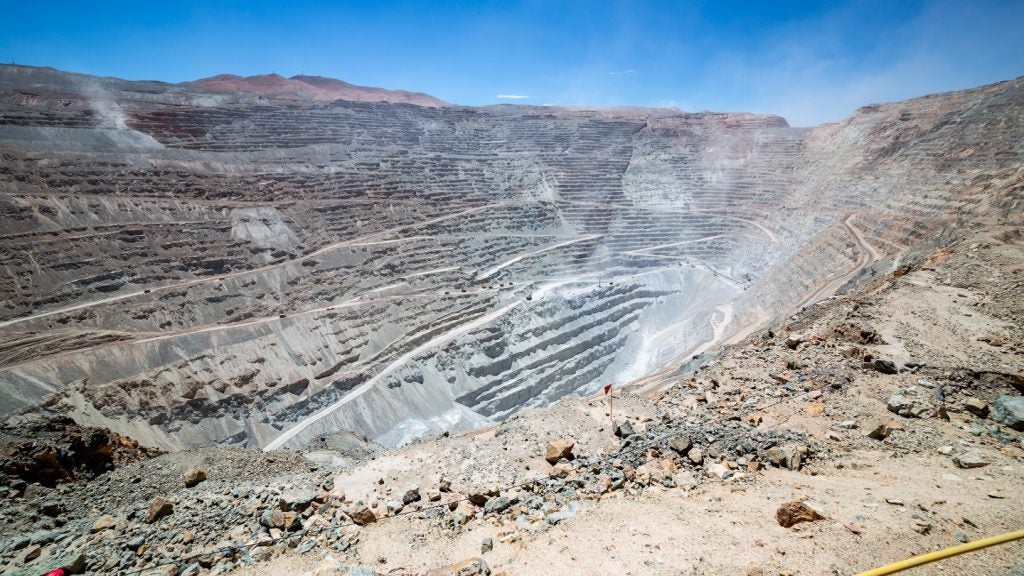
Following in South African shoes
Vigalab’s work across Chile, Peru, Colombia and Mexico has led Reyes to the conclusion that, in Latin America, “there is a focus on safety, but the mining industry is a dangerous industry.”
But miner death statistics continue to paint a grim picture.
In the Mexican state of Coahuila, which mines 99% of Mexico’s coal, historical records kept by victims’ families show more than 3,100 miners have died since coal extraction began.
In 2022, ten miners died after excavation work caused a tunnel to collapse in Coahuila’s ‘El Pinabete’ mine. The owner Luis Rafael García Luna Acuña was subsequently arrested.
While there have also been numerous casualties in South Africa and Australia, mining companies in these mineral-rich countries are touted as industry leaders in IoT implementation for safety – and productivity – purposes.
“Mines in South Africa lead overall across fatigue detection, collision avoidance and wearable technology, while Australian mines led when it came to investing in drones,” Kurtz explains. “As Level 9 vehicle intervention for collision avoidance is now mandatory in South Africa for both surface and underground trackless equipment, we would expect South Africa to continue to lead in this area.”
Fatigue, collisions and mine collapses aside, IoT networks can also be used to monitor temperature, humidity, toxicity, light, gas leakage, fire detection and hazardous materials.
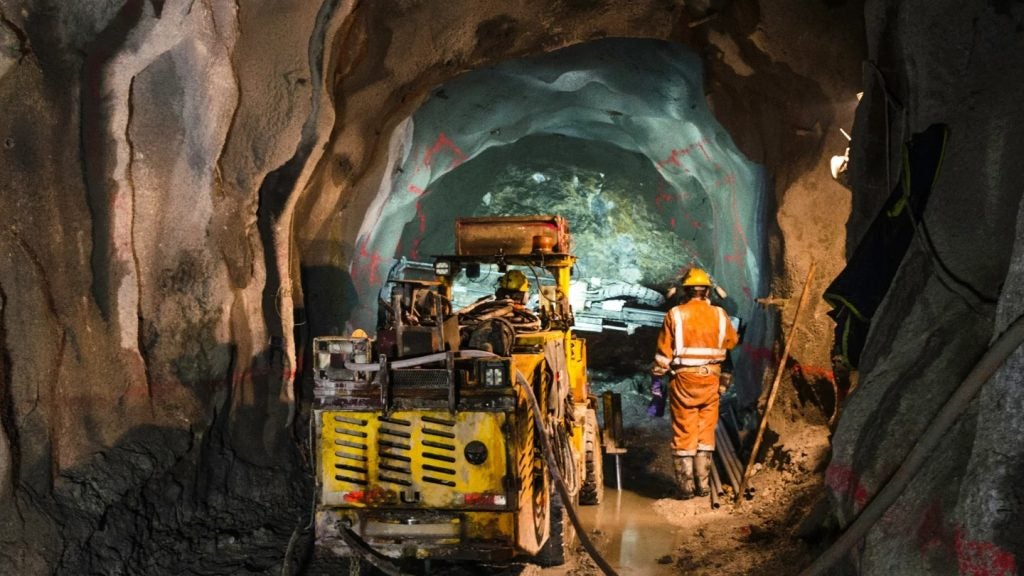
The potential to analyse such parameters is extensive for tackling longer-term health causes of miner deaths, such as pneumoconiosis and silicosis, but implementation remains minimal.
Miner safety – preventative or responsive?
For many mining firms, the productivity benefits of IoT technology hold greater allure than enhancing worker safety.
According to Martina Raveni, Thematic Analyst at GlobalData, the “main driver” of IoT adoption in mining is “maintaining high productivity in harsh, remote environments” like Chile’s Atacama Desert.
“There is high pressure on miners to stay productive, especially in the current economic landscape where mining companies face strong demand for raw materials amid the green transition”, Raveni tells Mining Technology. “IoT networks are usually successful in these scenarios, not only at monitoring miners’ productivity levels but also increasing the efficiency of ore extraction.”
IoT adoption to prevent miner injuries or deaths is less common.
Frequently, it has required the scrutiny and investigation of a worker death scandal to drive companies to invest in safety technology.
In 2019, Brazilian mining giant Vale was forced to pay $7bn in compensation after one of its dams collapsed in Brumadinho, killing 270 people.
11 executives from Vale were arrested for murder – including then CEO Fabio Schvartzman.
Vale, ranked as an industry-leading company for IoT in mining by GlobalData alongside BHP, Rio Tinto, and Anglo American, has 15 operations in Brazil involving IoT, according to Claudia Mazzi, Vale’s Technology Infrastructure Director.
Alongside “environmental monitoring”, “vehicle telemetry” and “drowsiness detection”, Mazzi says that Vale has implemented “smart identification badges that monitor people's access to risk areas, such as areas close to dams or confined spaces.”
These IoT safety programmes have reduced “high-potential incidents” by “around 70%”, Mazzi adds, principally by normalising remote inspections and reducing miners’ “risk exposure time”.
Vale has been involved in the mass IoT network rollout across Latin American mines by telecommunications giants Nokia and Telefónica, implementing IoT technology at the Carajás mine in northern Brazil.
Telefónica has also “deployed private networks in two mines in Peru” and “four more private networks in Chile”, according to Analyst Relations Specialist José Luis Vázquez Marín.
Such projects are a sign of the times. As the outside world eyes up Latin America’s vast reserves of critical minerals – a concept known regionally as ‘extractivismo’ – mining firms intending to benefit from the green energy transition will have to remain ahead of the IoT technological curve.
Lying in the balance is not only rising scrutiny over corporate responsibility but the welfare of some of Latin America’s most underappreciated workers.





